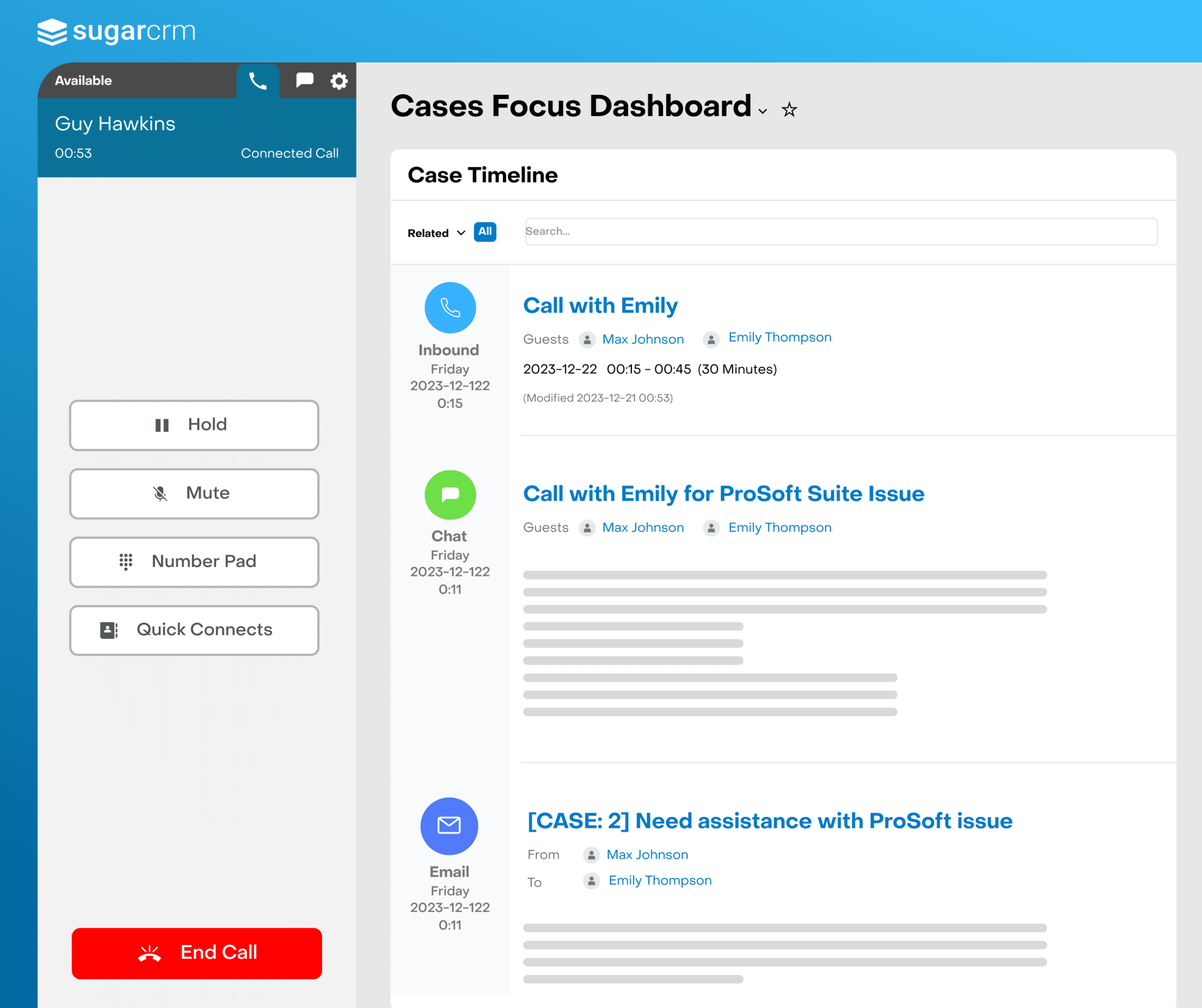It’s Not a Fad: The Experience Economy is Here to Stay
You will often hear that this is the latest business craze or the latest fad gripping the market, and many of those will simply pass on by. However, if you are currently thinking that customer experience falls into that category, don’t be fooled. This trend in business is not going anywhere, and more so, you need to prepare your business for an experience-based economy which will be your guiding differentiator in the years to come.
About the Experience Economy
You probably heard the term “experience economy” but haven’t fully understood what that meant for you or your organization but regardless of whether you sell a product or service, the experience is what matters to your customer. While products and services are very different types of business models, they each create a user experience whether through the use of the service or the product – it’s just that those who sell services, interact with the experience economy more quickly than those who deal in products. Originally coined in 1998 in the Harvard Business Review by B. Joseph Pine II and James H. Gilmore, The experience economy was directly correlated to the progression of economic value, a distinguished change from the previous assessment of the economy. Separating service and experience, Pine and Gilmore decided that the key differentiators between businesses would be the end-user experience and thus the experience economy was born.
It wasn’t a new idea in business but now identified, companies could begin to harness the power of experience to make themselves different within the market. As competition increases, there has been a marked difference in the transition from an industrial economy to experience one. The question then becomes how do you rate that? If everyone by 2020 will be competing with their industry on the basis of experience what separates a company from another? What makes their service experience better? Do you need only look at industry leaders such as Amazon and Starbucks to see that their original stance to distinguish their service from competitors allowed them to garner customer loyalty? What marks the tenants of a customer experience leader?
Service
Without going into the nuances of each business’ individual details, the above leaders have distinguished themselves through service, not a single product. Both of these industry leaders have differentiated through personalized service or a customer guarantee that remains (almost) unmatched. Additionally, each idea was radical at the time but has proven a worthy business model that others have tried to replicate. The first element of a customer experience leader starts is service. I don’t go to Starbucks for a coffee, even though I quite like caffeine, but I do go for the service because my order is tailored to me. I go to Amazon because I know that if I order anything and it is not up to satisfaction, I can return it most of the time with no questions asked.
Now these examples may not be applicable to your organization but there is a lesson here—service starts before purchase and does not end when it is completed. The experience economy begins with a customer’s first introduction to your brand and ends when they say it does. Customers are now in control, and as a business, we must be mindful of that and while the customer is not always right, your service is something that they will carry with them as an experience both negative and positive. Customers want to feel as if they are in control at the same time as receiving service that is in direct correlation to the investment they’re making in your brand. So, your service is meant to be a stellar example of how your brand values its customers.
Follow-Through
Another hallmark of a customer experience leader is their follow-through. Companies must be willing to proactively address customer concerns in the form of a good design thinking approach internally and via support for on-demand needs. Follow through to build trust and credibility allowing you to build your business and your brand alongside a commitment. Damaged trust can kill even the biggest brands and one sure way to do it is to not follow through on a promise with customers and even with your internal team. One such way to do this is with technology managing customers’ requests and purchases.
Leadership
Leadership is a two-way street. You don’t own it even as a business leader. Your employees and customers have a stake in the company and the direction so don’t forget to listen. Good leadership knows when you step aside. How not to be the most important voice in the room and identify a good idea. More aptly they credit others with it. Inspiring change and propelling a sense of ownership. The modern movement of customer aware brands like Slack who take customer improvements directly into their product roadmap. Or companies like Google who encourage users to find vulnerable areas and exploit them for security and monetary benefits.
Stories like the creation of Sticky Notes at 3M demonstrates that no idea should be overlooked if it comes from an employee. Are some bad? Yes absolutely. But there are ones good leaders discount because they come from below.
Confidence, Credibility, and Humility
Building on each one of these traits you must add confidence into the mix. Brands that are confident pose a ready visage to customers. It may not be accurate but it presents the idea. These companies are seen as the very best for innovation and the ability to move forward. Rather than being resented, they are cherished parts of this industry. Examples can include anything from Apple to IBM, but regardless, they are seen as a gold standard within their industry.
Centered on innovation and driving that, companies like these set themselves apart from the rest by consistently reinforcing their credibility. These companies understand the value of social proof and their place within the industry using the credibility of their company to build their brand and expand CX rather than touting their own laurels. Many companies are still looking to build their credibility and establish themselves as innovators but can take a lesson from these companies—it’s not what you say about your organization but what your customers say about you. While it is important to talk about your brand and help to establish it, there is a balance to strike between social proof and self-promotion.
The Heart of the Matter
In each of the discussed areas above, you’ll note a common thread—your customers. Every aspect of becoming a customer experience leader involves the customer from identifying and listening to needs to letting them become your brand advocates, they are at the heart of a strong CX strategy and ways that you can differentiate yourself from competitors.
The experience economy is here to stay and there has never been a more important time to invest in your CX strategy. While each of the above tips can help you to refine your strategy, the most important tip of all is to start with your customers.


